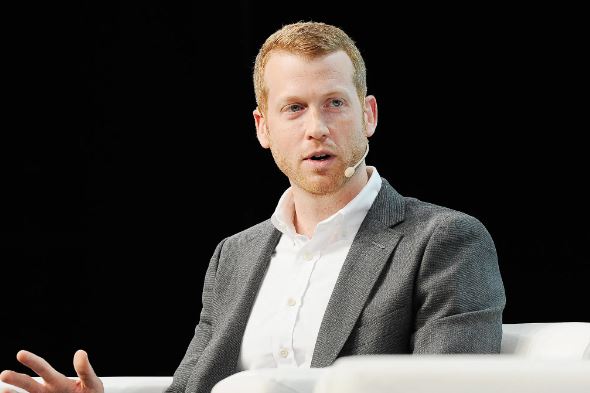Sunday saw the resignation of Kyle Vogt, a co-founder and CEO of GM’s driverless vehicle company Cruise. This comes less than 30 days after Cruise halted all autonomous operations due to a string of traffic accidents.
As one of the most vocal advocates for autonomous vehicles in the IT world, the departure marks a precipitous decline in his profile. He departs from an industry that is under intense public and regulatory scrutiny and a firm that is in the midst of a grave crisis.
After having its driverless car operating license revoked in California, Cruise pulled all of its vehicles off the road. The firm is contemplating layoffs due to its rapidly increasing expenditures. As for the company’s response to the accident last month, in which a Cruise vehicle pulled a lady 20 feet, it is still waiting for a report from an outside legal firm.
General Motors, which spent $1 billion to purchase Cruise in 2016, has become more involved with its subsidiary since then, and it will likely get even more involved now that Mr. Vogt isn’t around. Rather of appointing a new CEO, G.M. chose to have Mo Elshenawy, EVPM of engineering at Cruise, and Craig Glidden, GM’s general counsel, serve as presidents and report to the board.
Driverless car competitors are worried that regulators will step up their enforcement and scrutiny of the industry in the wake of the Cruise scandal, which could impede the growth ambitions of companies like Waymo, Aurora, and Zoox, an Amazon division. Waymo has been running its robot taxis in San Francisco mainly incident-free.
A decade ago, Mr. Vogt founded Cruise and advocated for autonomous vehicles as a means to reduce traffic fatalities and make billions of dollars. However, the collapse last month cast doubt on that future.
On Sunday, General Motors CEO Mary Barra emailed Cruise’s staff to express her gratitude for “his tremendous vision” and assure them that the board understood and appreciated Mr. Vogt’s decision to depart.
The summer was a particularly rough one for Cruise as the firm increased the size of its San Francisco fleet of autonomous taxis. During the course of a few months, ten Cruise cars had a malfunction while operating on a busy roadway. A different instance saw a collision between a fire vehicle and a Cruise car. One of its other cars became trapped after driving on damp concrete.
On October 2, however, the most distressing incident occurred when a Cruise vehicle pulled the lady. The lady was thrown into the path of one of Cruise’s autonomous taxis when a vehicle struck her at a junction in San Francisco. The cruiser pulled her to the curb after running over her and stopping momentarily.
As part of its investigation into the collision, the California Department of Motor Vehicles found that Cruise had removed the segment of the video showing the lady being dragged. According to the D.M.V., none of the three executives who were supposed to meet to discuss the accident actually showed up.
The D.M.V. ordered Cruise to end its autonomous vehicle activities in the state on October 24. It claimed to have met with the autonomous vehicle startup over fifty times in 2023.
Following the incident, Cruise said that it had retained the services of Quinn Emanuel, a legal firm, to examine the business’s reaction to the disaster. A further investigation of the incident was also undertaken by Exponent, a consulting business that assesses complicated software systems.
Ms. Barra was unlucky with the timing of Cruise’s suspension. She has been touting its possible benefits to G.M.’s company for a long time. President Biden and other international leaders were among those in attendance at the Asia-Pacific Economic Cooperation’s (APEC) business summit in San Francisco this month, which she co-chaired. If she wanted to showcase Cruise’s skills as a self-driving limo driver, the event would have been the place to do it. The autonomous vehicles were parked instead.
Since he was a little boy, Mr. Vogt has wanted to construct autonomous vehicles. Following the $1 billion acquisition of his first start-up by Amazon, which eventually became Twitch, he launched Cruise.
In his X post, Mr. Vogt drew inspiration from the legend of Silicon Valley’s garage-based startup founders and boasted about his accomplishments.
In his post, Mr. Vogt boasted about his garage-born startup, which he said had already provided over 250,000 autonomous trips in various locations, giving consumers a glimpse of the future.

